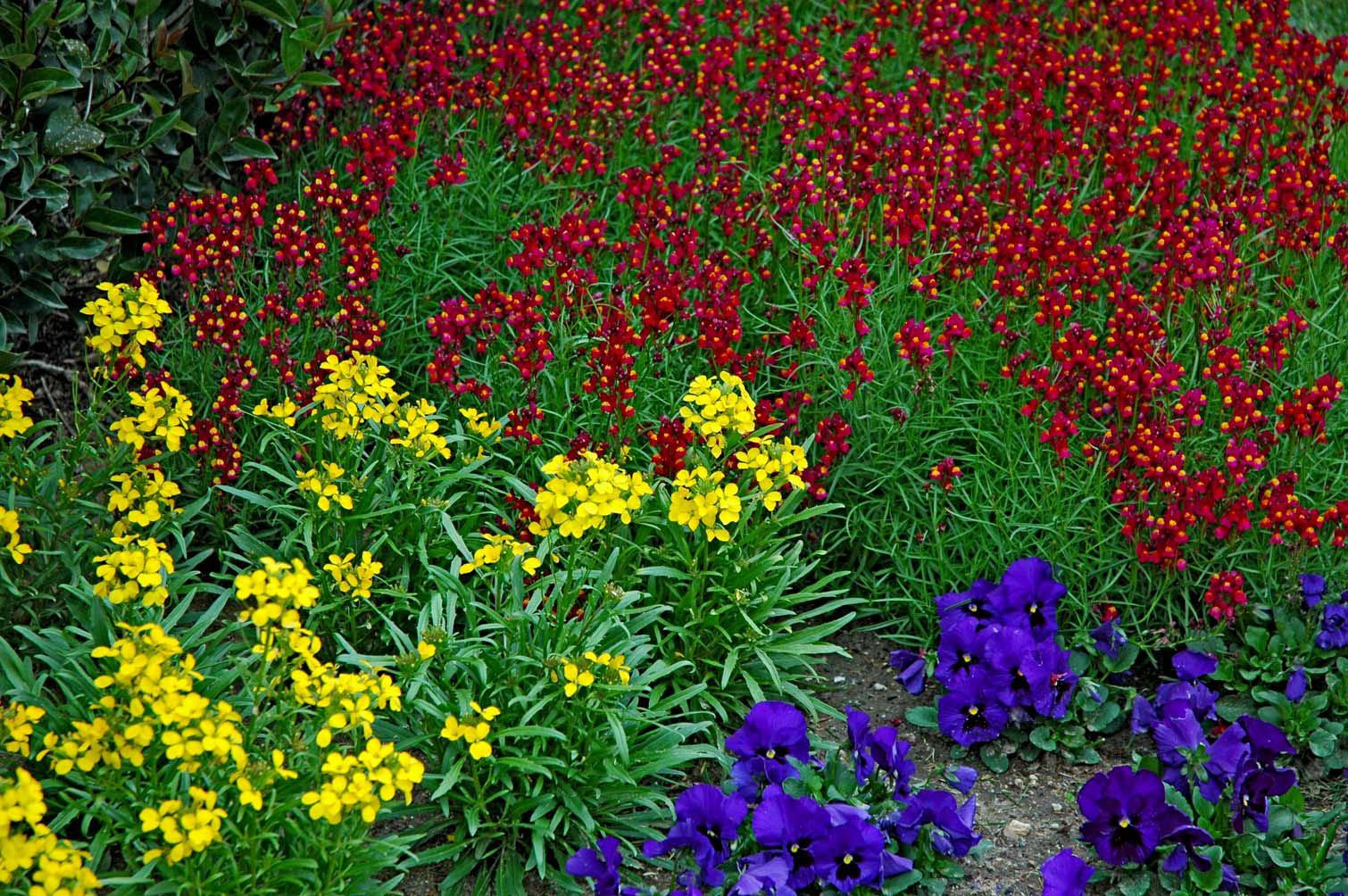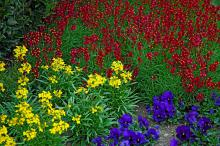Information Possibly Outdated
The information presented on this page was originally released on November 9, 2006. It may not be outdated, but please search our site for more current information. If you plan to quote or reference this information in a publication, please check with the Extension specialist or author before proceeding.
Plant cool season color now for the holidays
By Norman Winter
MSU Horticulturist
Central Mississippi Research & Extension Center
With the holidays practically upon us, time is running short to plant cool season flowers that will welcome friends and family. Serious frost across much of the state took the beauty from some favorite perennials. In many cases, these plantings are right near the front door, porch or main entryway.
Whether it is salvias, lantanas, verbenas or some other perennials, these good plants will return next spring with a little help from the gardener. Once significant frost damage has occurred, cut lantanas and verbenas back to about 4 to 6 inches above the ground. Cut salvias back almost to ground level.
Cover the plants with a layer of mulch for winter protection and to make the bed more attractive. Use any mulch you choose. When I had 28 pine trees in the yard, I chose pine straw. This year, I'll used red pine bark mulch.
The bed definitely looks better once the frozen perennials are cut back and mulch added. Until Thanksgiving, you still have time to plant some excellent cool season color to make the bed bright and colorful.
Those who have procrastinated this late should plant larger 6-inch to 1-gallon sized annuals like kale, cabbage, Red Giant mustard, pansies, violas and dianthus. Plant these in areas the lantana branches had covered. I like the larger-sized containers because they have a larger root system, and the landscape impact is quicker.
Another good choice is the snapdragon, one of the most beautiful cool-season flowers in the South. Snapdragons love night temperatures in the low 40s and day temperatures that reach the low 70s, which is typical in much of the South during the fall.
Snapdragons are hardier than many realize. Once they are established in the bed and hardened, they can easily take sub-freezing temperatures. Make sure all fall planted annuals stay well watered during extra-cold spells. Snapdragons can be completely covered with a layer of pine straw during a long period of extremely cold weather.
Feed cool season snapdragons monthly with a light application of a slow-released, balanced fertilizer, and deadhead to prolong flowering.
The bright colors make snapdragons fun to grow. Whether you choose red, yellow, pink, burgundy, bronze, orange, white or those that are two-toned, there is sure to be a color to suit you. For the most effective landscape display, mass plant beds in single colors.
Last week, I told you about snapdragon relatives Nemesias and Diascias that are considered Pansy Pals. There is another relative you need to keep your eye open for called Enchantment linaria.
Enchantment is known for its cold hardiness and spring heat tolerance. Under cool conditions, it continuously produces very fragrant blooms of intense magenta and gold.
Get your cool season plants in the ground this weekend so that when family come to visit at Thanksgiving, the entrance to your home will be a welcoming center.


